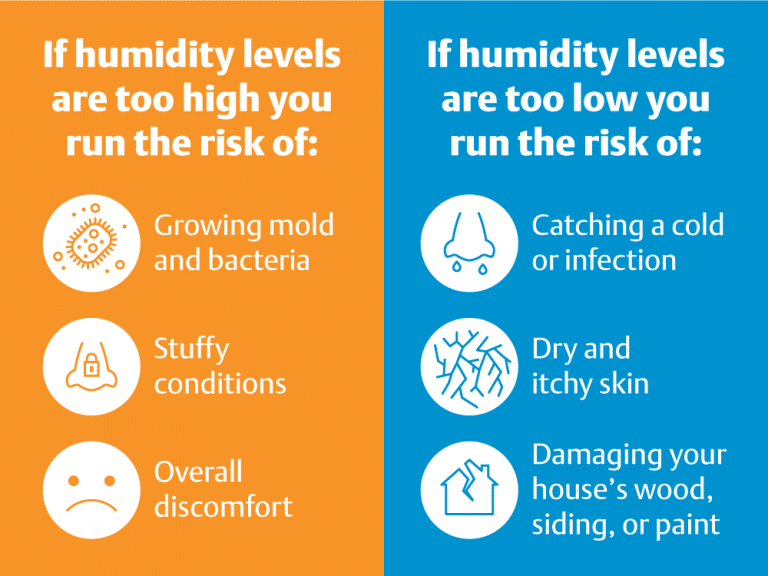
If you’re wondering how to reduce humidity in the house during winter, you’ve come to the right place. We’ll cover Heat recovery ventilators, Humidifiers, Houseplants, and Air conditioning. But if you want to make the most effective changes, here are some tips for keeping your home comfortable. Try them out today! You’ll be happy you did. Also, don’t forget to turn down the thermostat!
Heat recovery ventilators
If you want to avoid mould in your house in winter, you can install an energy recovery ventilation system in your home. It helps eliminate humidity levels and reduces the work of air conditioners and dehumidifiers by removing stale air. Its other benefits include removing contaminants and smoke from cooking that would otherwise accumulate in your home. These systems are highly efficient, so you can expect to save a bundle on your energy bills by using them.
Although ERVs are better for homes in cold climates, they may not be as effective in humid environments. In such climates, ERVs can be more beneficial than HRVs. Because of their higher thermal efficiency, they can help you lower indoor humidity in winter. However, ERVs can make your indoor air too dry, so you should use them with caution. Install an ERV in the home and follow the manufacturer’s instructions for the best results.
Humidifiers
The purpose of humidifiers is to reduce the humidity in a room, making it feel warmer while using less energy than heating devices. Humidifiers are also beneficial for the environment, as using humidifiers will lower your utility bills, which can add up to $25 or $50 each month.
One of the primary reasons that people use humidifiers is that the air is too dry to breathe, causing respiratory problems. Another reason to use humidifiers in winter is to avoid the risk of mould and mildew growth. Mould spores are airborne and can cause respiratory ailments. Humidity can also rot the framing and flooring of your home. These devices in your home will help you stay comfortable and keep your family healthy.
Houseplants
High humidity can cause various problems in your house, from mould growth to allergies and asthma. The best way to deal with this problem is to use a dehumidifier to keep the relative humidity level in your home below 60 percent. If this doesn’t work, there are other ways to reduce the humidity levels in your house, including replacing your windows. If you have windows that tend to leak, you should consider replacing them.
To reduce humidity in your home in winter, you can open your windows. Cold air is less humid, so it will naturally dilute moisture in your house. If your house has no ventilation holes, open them. If your home is new or recently renovated, leave the windows open to allow moisture to escape. If you have a furnace, you should consider installing a dehumidifier. If you cannot install a dehumidifier, you can also buy a humidifier.
Air conditioning
In winter, you might feel like you have to turn on your air conditioning to combat the low humidity. However, this isn’t the only way to lower the humidity in your house. Improving ventilation and adjusting household appliances can also help. Call a company like Lloyd’s Electric to find out how to reduce humidity in your house in winter. They offer expert advice to help you save money on your heating bill while improving your home’s indoor comfort.
During the winter months, it’s imperative to lower humidity levels in your house. Cold air is much less humid than warm air and tends to be drier, making breathing uncomfortable. Using air conditioning to lower the humidity in your home in winter can provide a comforting experience in the house, but you may have to live with the results for a while. For this reason, check the ventilation and insulation of your home to ensure that you’re not overheating.